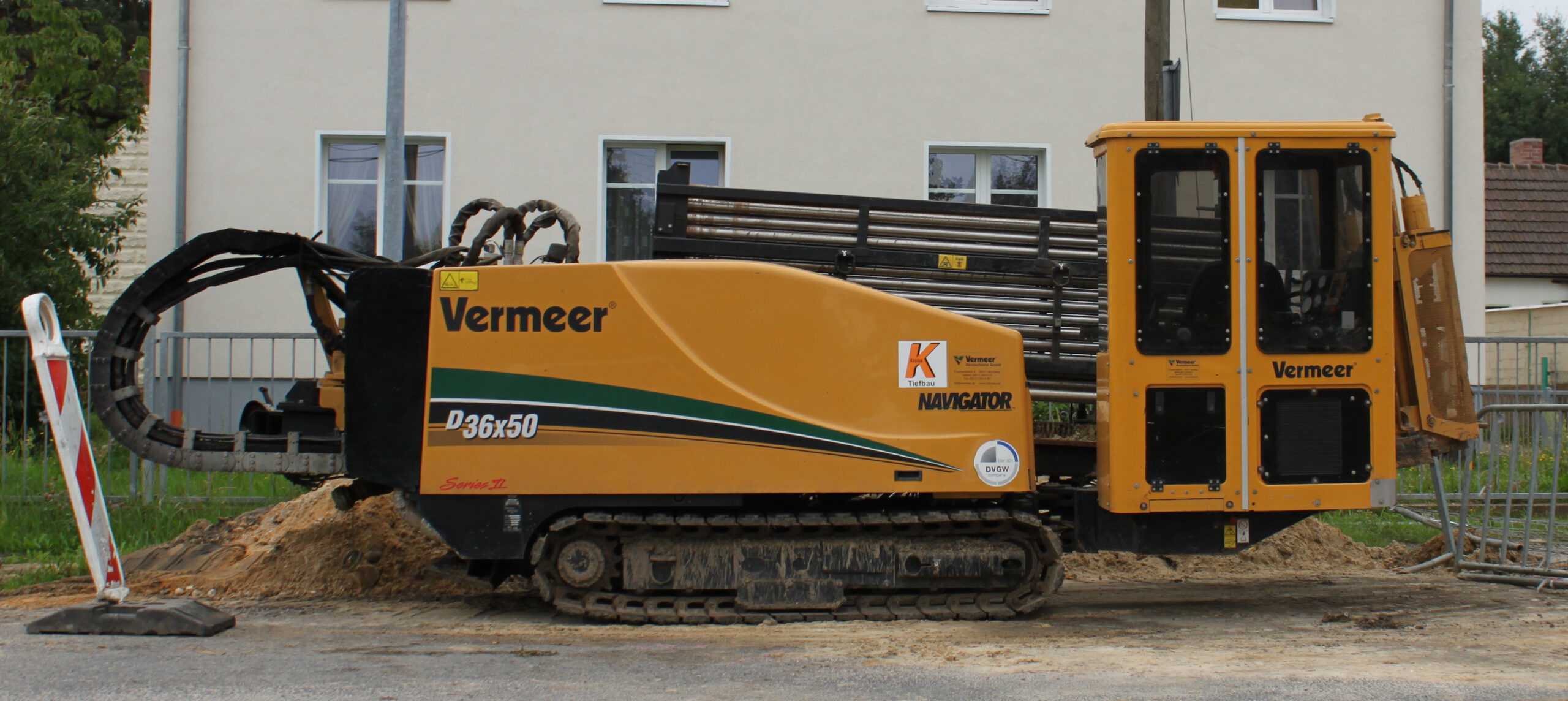Texas
Texas
Directional Boring in Texas
Directional boring, also known as horizontal directional drilling (HDD), is an advanced method used to install underground utilities like water, sewer, gas, electric, and telecommunications lines. In Texas, a state renowned for its vast landscapes, diverse terrains, and rapidly growing cities, directional boring has become an essential technique for infrastructure development. This trenchless technology offers numerous advantages over traditional excavation methods, making it an increasingly popular choice across urban and rural areas throughout Texas.

One of the primary benefits of directional boring in Texas is its ability to minimize surface disruption. Traditional trenching can cause significant damage to roads, sidewalks, landscapes, and agricultural fields—an important consideration in a state with a wide range of environments, from the densely populated urban centers of Houston, Dallas, and Austin to the rural farmlands and natural reserves of West Texas. Directional boring allows for the installation of underground utilities without the need for extensive excavation, preserving Texas’s natural beauty and minimizing disruptions to daily life.
Texas is known for its diverse geological conditions, from the rocky and clay-heavy soils of the Hill Country to the sandy loam of East Texas and the caliche-rich soils of West Texas. Directional boring equipment is designed to navigate these varying soil types efficiently, making it an ideal solution for utility installation across the state. This method can handle obstacles like rivers, highways, and existing infrastructure, allowing for precise underground installation in even the most challenging terrains. With Texas’s frequent and unpredictable weather changes, directional boring also offers a reliable method that is less affected by rain or extreme heat, ensuring projects remain on schedule.
Texas Directional Boring Saves Time and Money
Cost savings are another significant advantage of directional boring in Texas. By eliminating the need for extensive open-cut trenching and the subsequent surface restoration, this method reduces overall project costs. Labor, materials, and time are minimized, which is especially beneficial for municipalities, utility companies, and contractors working within tight budgets and schedules. Additionally, because directional boring requires fewer workers and less equipment on-site, it is a safer option, reducing the risk of accidents and injuries—a critical factor in a state with high levels of construction activity.
As Texas continues to experience rapid growth and urban expansion, the demand for efficient, cost-effective, and environmentally friendly infrastructure solutions is on the rise. Directional boring is meeting these needs by providing a method that ensures minimal surface disruption, lower costs, and adaptability to the state’s diverse geological conditions. Whether supporting the growth of Texas’s booming cities or connecting remote rural communities, directional boring is proving to be a key tool for building a resilient and sustainable infrastructure network across the Lone Star State.
Cableex’s directional boring process involves using advanced technology to create a precise underground path for utility lines, minimizing the need for digging and reducing the risk of damage to surrounding infrastructure. Their experienced technicians use real-time monitoring and tracking systems to ensure accurate placement and avoid potential obstacles. This approach enables Cableex to complete projects quickly and with minimal disruption to the surrounding area.

